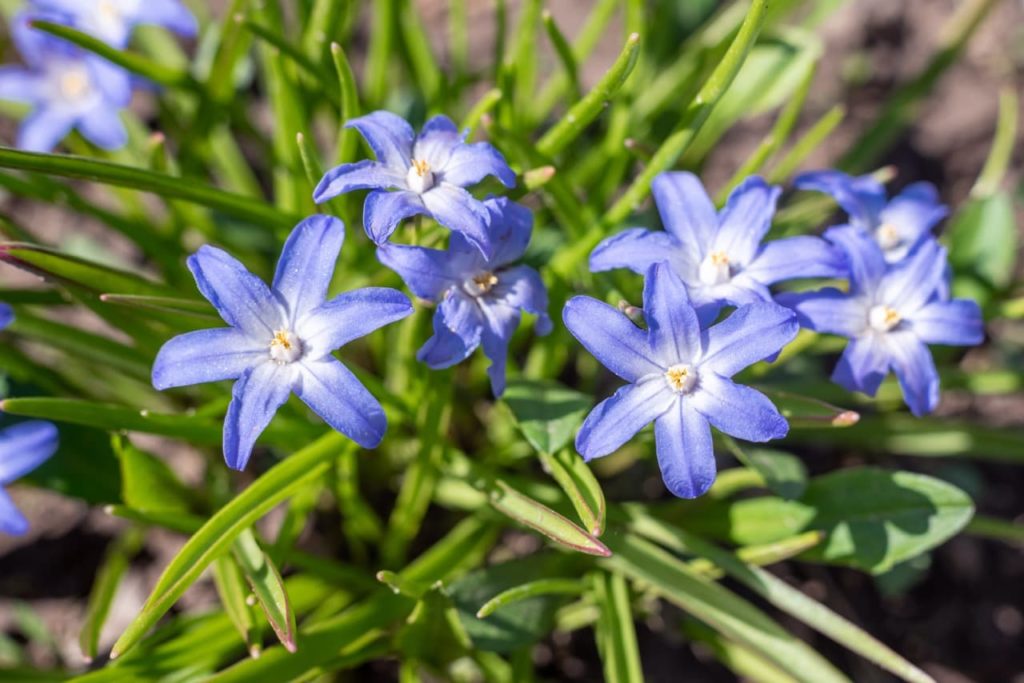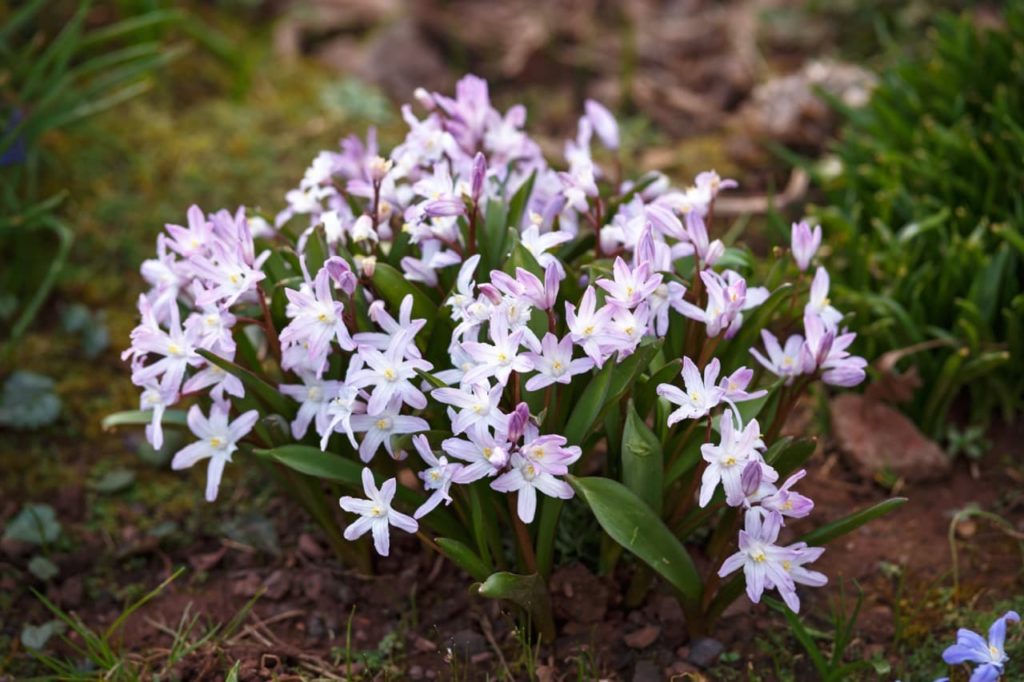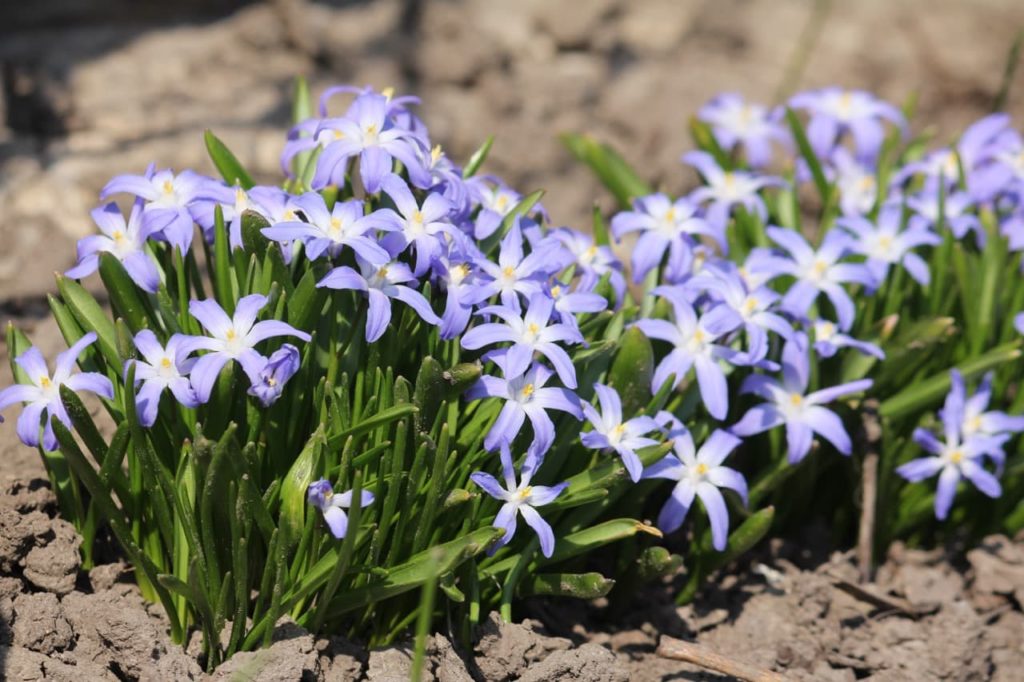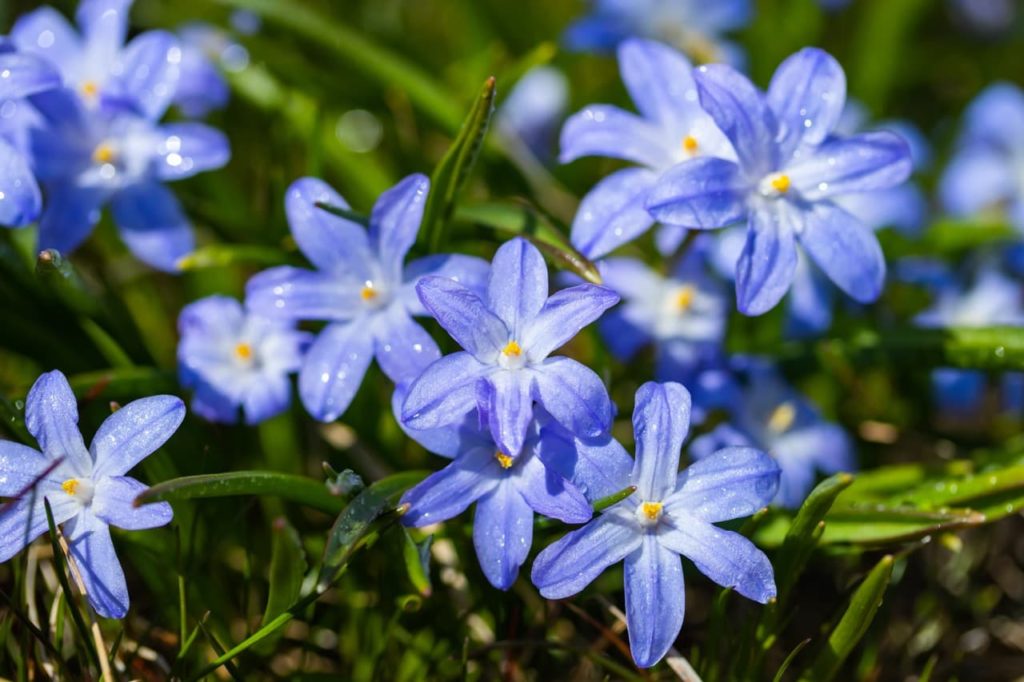BULBS > CHIONODOXA
IN THIS GUIDE
CHIONODOXA GUIDES

Chionodoxa , now technically classify as Scilla , is a perennial bulb which is prized as an other flowerer .
Also known as ‘ Glory of the Snow ’ , these plant life areone of the earliest bulbsto flower in late winter and early bound .
Chionodoxa is a former genus that provides a figure of dissimilar early - flowering bulbs .

Overview
PreferredFull sunshine or part shade
ExposureExposed or sheltered
Height0.1 – 0.5 M

Spread0 – 0.1 M
Bloom TimeFebruary to March
PreferredMost fertile soils

MoistureWell - drain
pHAny
aboriginal to the mountainsides of Turkey , they flower at high elevations.1Chionodoxa forbesii ( Forbes ’ glory - of - the - nose candy ) . ( n.d . ) . Native Plant Trust . Retrieved September 11 , 2023 , fromhttps://gobotany.nativeplanttrust.org/species/chionodoxa/forbesii/

antecedently categorised as a genus , Chionodoxa is now considered to belong within the Scilla genus as a incision , though there is still some disagreement about naming these plants.2Trávníček , B. , Duchoslav , M. , Šarhanová , P. , & Šafářová , L. ( 2009 , December 24).Squills ( Scilla s.lat . , Hyacinthaceae ) in the botany of the Czech Republic , with taxonomical notes . ResearchGate . Retrieved July 21 , 2023 , fromhttps://www.researchgate.net/publication/242314535_Squills_Scilla_slat_Hyacinthaceae_in_the_flora_of_the_Czech_Republic_with_taxonomical_notes_on_Central-European_squill_populations
Regardless of their name , they are prized in the UK and elsewhere outside their aboriginal range as garden plants , especially for realistic drifts under trees or in weed in a lawn , where , when planted in big quantities , they can have a dazzling outcome .
These plants bloom when there are few other bloom around , in the late winter or very early bound , usually around February or March .

As springtime ephemerals , they are useful for early pollinators and also , since they die back after blossoming , they can help overhear and storage resources in a garden as part of a utile ground cover .
Common Varieties
Some varieties of Chionodoxa to moot are :
These three are the most unremarkably grown , among some 6 species within this division .
The others areS. cretica , S. lochiaeandS. nana .

How To Grow Chionodoxa
These bulb are easy to maturate , but like most plants , it is important to insure that you place them in the right location to ensure they thrive .
These bulbs will do well in full sunlight but can also contend with some light shade .
They are fine with any aspect as long as they are not in a fix with deep shade .

However , they can be placed below deciduous Sir Herbert Beerbohm Tree and shrub as they bloom before they get their leaves .
These bulbs are not particularly fussy about grunge type or pH , but they do want free - draining experimental condition and can not make do with waterlogged soil or maturate medium .
Where & How To Plant
When choosing where to plant these bulbs , you should not only think the light and grunge requirements , but should also think cautiously about the benefits these early - bloom bulbs could make for within the garden design as a whole .
Chionodoxa can be planted in a range of different localization .
They can be plant to naturalise in sess , in a crushed rock garden or rockery , towards the front of a border in a cottage garden , below roses or other deciduous shrub , below deciduous treesor in container , either on their own or in miscellaneous container garden displays .

Wherever you prefer to grow them , the bulb should be constitute in the fall – in either September or October .
They should be planted around 5 cm thick , with a spatial arrangement of 5 - 7.5 curium or so , or with an object to point around 15 lightbulb per each 30 curium square area .
These bulb might be placed in a container on their own or alongside other plant .

For lesson , they might be consider for a bulb lasagne alongside other saltation - flower incandescent lamp .
They can also look estimable in larger containers around the edge of other repeated plants or smaller shrubs in mixed wintertime and spring displays .
Chionodoxa Care
These electric light can be a great option for a relatively modest - maintenance garden , though the care will depend on where you have chosen to grow them and plants in pots will typically require more care than those growing in the terra firma .
These light bulb are typically happy with raw rain when plant in the primer coat and too much water system is more commonly an way out than too little .
recall , good drain is very important and to grow these medulla oblongata successfully , you utterly postulate to provide liberal - draining condition .
When growing in container , bulb will need more tearing than when growing in the undercoat .
Water deeply during dry magical spell , but always ensure that water system can drain aside freely from the substructure of the container you have choose .
Mostly maturate from bulbs , Chionodoxa can also be grown from seed or bulb offsets .
If you decide to take outgrowth from the bulbs , you will do so in summer and pot these on , but these will take several years before they bloom .
Chionodoxa commonly develop in the UK is hardy in all of the UK and northern Europe , with an RHS hardiness valuation of H6 .
They can manage with temperatures down to -15 ° C .
The only other care to think about is when if at all you should thin out back your plant and the response is that you should not prune back or mow industrial plant growing in grass until the leafage dies back naturally .
This is important because it gives the works the opportunity to store energy in their bulb as they should and it also allows the plants to self - seed and naturalise within an area .
horticulture expert Dan Ori tells us it is normally safe to trend back leaves of Chionodoxa 6 weeks after flowering if they have not fully pall back :
“ However , you may cut down the flowering stem as soon as they are spend , ” he adds .
These plants are typically pest- and disease - free , and most of the common issues experienced when growing them arise due to a problem with the environmental consideration .
So , whether rise Chionodoxa in the background or in containers , ensure adequate drainage and verify that supererogatory water supply can drain aside freely .